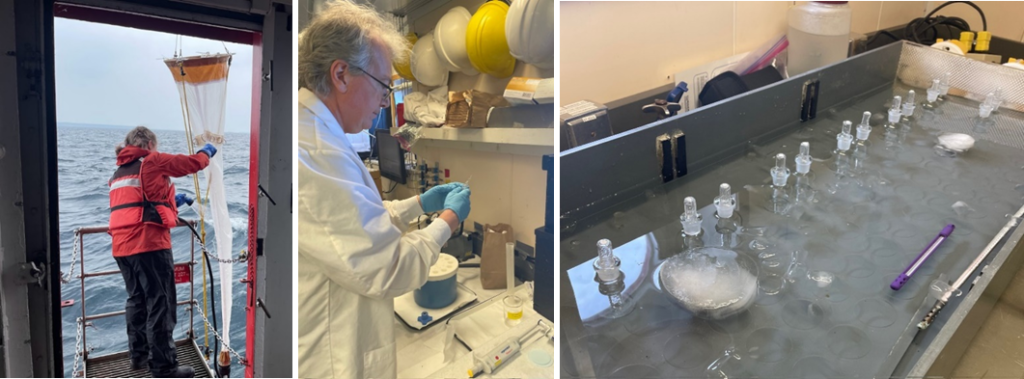Lake Huron CSMI 2022: Lake Huron Georgian Bay Cruise May 31- Jun 8 2022.
The 2022 field year in the Great Lakes was focused on Lake Huron for Binational Cooperative Science and Monitoring Initiative (CSMI). After several years of disruption from Covid-19 restrictions, we were back onboard with a much closer to normal shipboard experience. The 2022 Lake Huron field year planning however had a major twist. The EPA Great Lakes research ship Lake Guardian was still down for major repairs so Fisheries and Oceans Canada (DFO) tried to take up as much sampling as we could for Lakes Ontario, Erie and (of course) Huron.
I work for DFO, at the Great Lakes Laboratory for Fisheries and Aquatic Sciences (GLLFAS – yes it is a mouthful) in Burlington, ON. Our research group studies the structure and function of the lower food web; phytoplankton and zooplankton. In aquatic ecosystems it is a fine balance between having too much phytoplankton which leads to algal blooms and having enough phytoplankton that there is sufficient food for the zooplankton and planktivorous fishes. Given the combination of nutrient reductions during the 70’s and 80’s to reduce algal blooms, followed by the invasion and establishment of the filtration from Dreissena (Zebra and Quagga) mussels; the lower food web of Lake Huron is in a state of very low productivity. This lead to the collapse of the planktivorous Alewife forage fish which supported the valuable recreational / charter pacific salmon fishery two decades ago in 2002. The current status of plankton populations is needed to determine what this food web can support, so off we went sampling 24 hours for 8 days to collect samples around the length and breadth of Lake Huron, Georgian Bay and the North Channel (north of Manitoulin Island).

My lab mate Mark Fitzpatrick and I were onboard the Canadian Coast Guard ship CCGS Limnos continuously from Tuesday May 30 to Wednesday June 8 with only one free hour on shore in Little Current due to an unexpected need to pump out the blackwater system (fancy name for sewage). We boarded in Sarnia on a piping hot day when crowds filled the beaches at Port Huron for the annual Port Huron to Mackinac sailing race. Once we passed under the Bluewater Bridge into Lake Huron the temperature cooled a little and very shortly we were at our first station. As we typically do, this cruise was shared with Environment and Climate Change Canada scientists conducting their Surveillance monitoring programs with some analysis onboard and other samples preserved for analysis back at the Canada Centre for Inland Waters. There were a subset of stations where pumped water was filtered for analysis of persistent organic pesticides… a lot of water! Up to 4 hours of filtering and luckily for us, this first station was a big one. We had a lot of time for getting set up and fully running before moving on to the next station.

Our standard sampling consists of collecting zooplankton nets from the upper 20 meters and one for the total water column. This allows us to determine which species dominate near the surface compared to those deeper, which is important because some stations can be over 100 meters (325 feet) deep in Lake Huron. We use integrated surface water samples to collect samples which we preserve to determine phytoplankton composition and importantly for this field year, we run assays to determine phytoplankton and bacterial plankton growth rates.

Any time spent onboard a CCG vessel is a mixture of hard work and bored idleness; chaos and eventual organization; a monotonous lack of scenery and scenes of immense beauty. The utilitarian surroundings of a Canadian Coast Guard Vessel can be shown off to advantage when the lighting is just right as I found out this cruise.


We were very lucky to have exceptionally good weather while we were out, but being in the part of the lake where the wind was not was due to the excellent planning of our Officer in Charge (who coordinates all of the science work onboard the ship). There were some windy times when we were tucked up in the north Channel we were not too bothered by it. The wind always came up just as I was finishing up for the day and the waves lulled me to sleep. There were some hectic days when there were 3 stations of water waiting in the morning with more to come later in the day (!) and other days when there were only a couple of stations to do. That’s when card games came in very handy. I learned Cribbage and several other games that week challenging science and Coast Guard crew alike. And, as always, meals were the highlight of each day including a roast turkey complete with the fixings. I knew it wasn’t Thanksgiving only by the lack of pumpkin pie! Overall, it was a very successful trip and I look forward to doing it all again in September.


